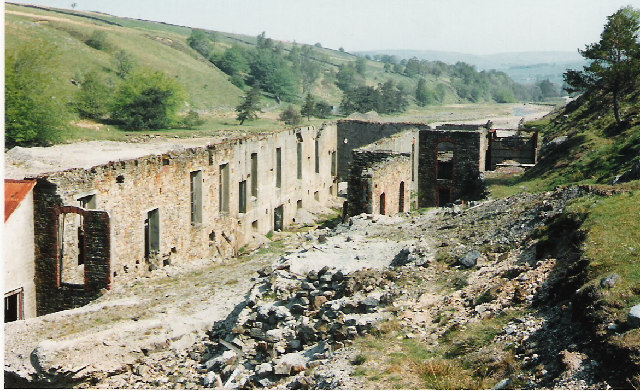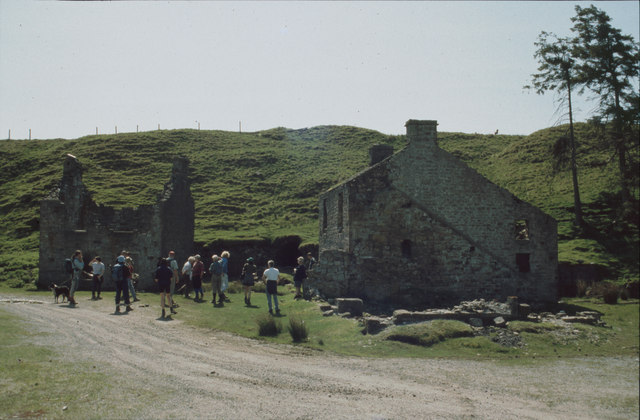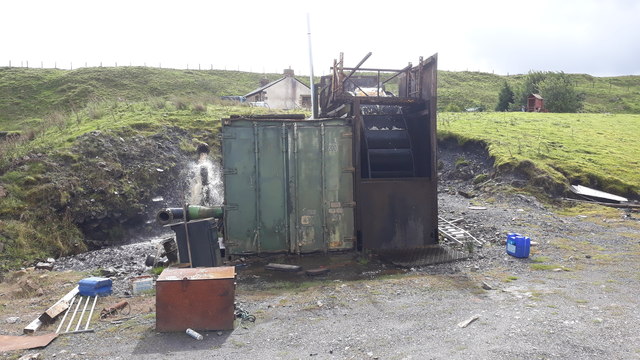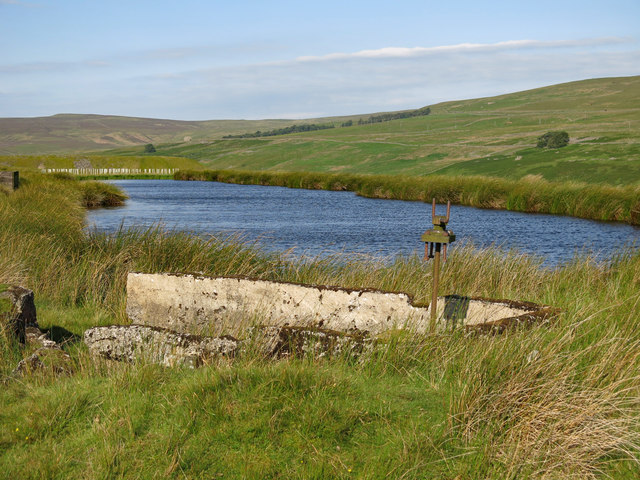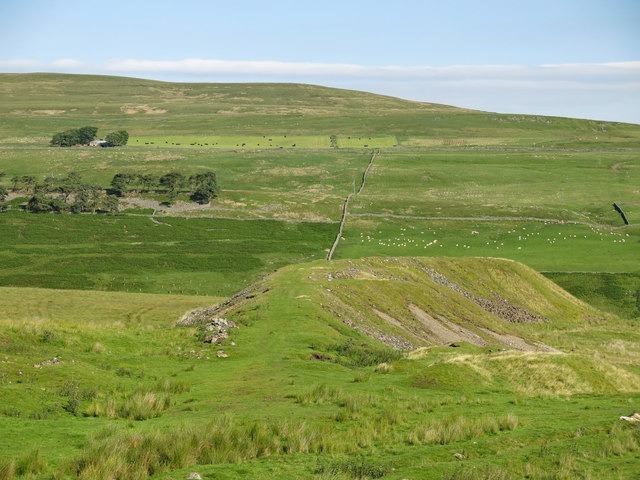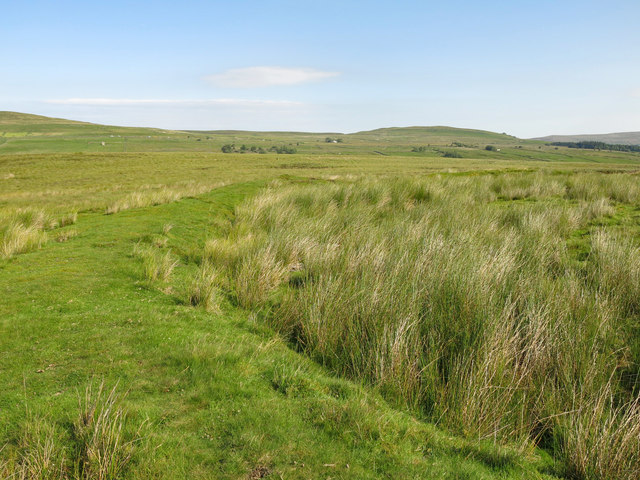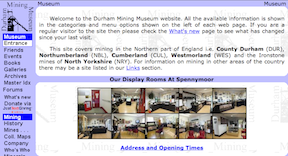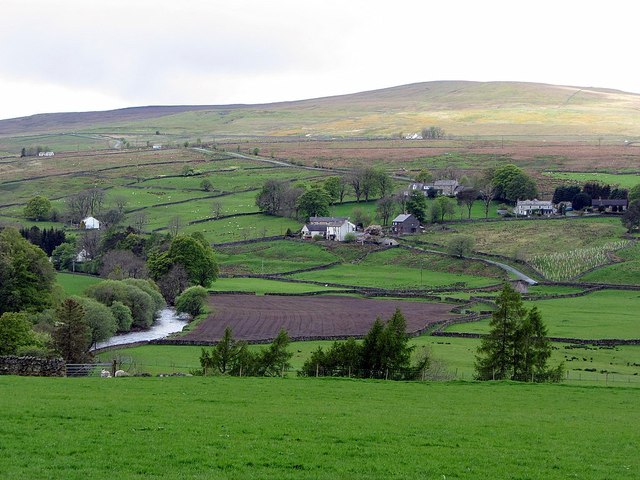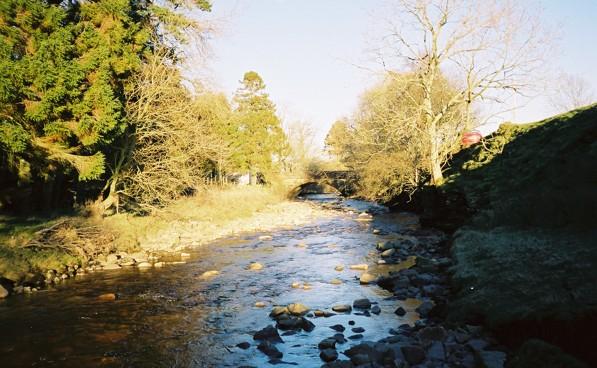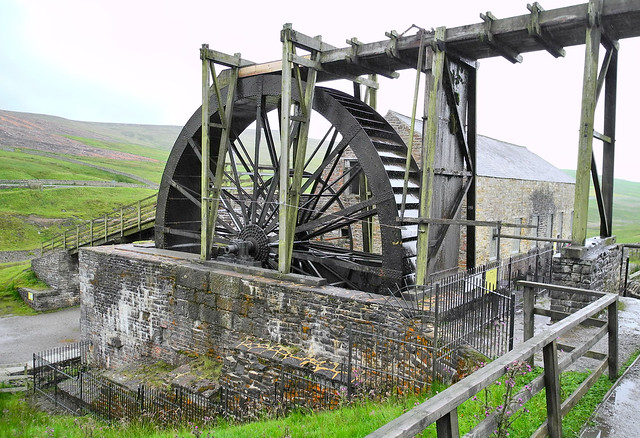Topics > Cumbria > Leadgate > Rotherhope Fell Mine
Rotherhope Fell Mine
"...The monument, which is divided into two areas, is situated on the north east side of Rotherhope Fell above Black Burn. It includes the ruined structures of the lead ore and fluorspar processing plant built by the Vieille Montagne Company in the early 20th century, together with the earthwork and buried remains of a pre-1850s ore works and associated lead mining remains at Rotherhope Middle Level....The mineral rights to Rotherhope Fell were owned by Greenwich Hospital which in 1764 appointed the engineer John Smeaton to act as a surveyor to fix boundaries for the various mineral leases. In the late 1770s he laid out a number of long levels designed to exploit the veins at greater depth. This included the Black Burn Level (later known as Rotherhope Fell Low Level) which was driven south eastwards from just above the Black Burn stream. This level was the main working entrance to the mine from c.1850 when the Middle Level ore works became disused and a new plant was built c.250m north east of Black Burn Level. Middle Level was maintained as the tail race for underground hydraulic engines. In 1907 the mine was taken over by the Vieille Montagne Company which rebuilt the Low Level ore processing plant in 1912. This plant was highly efficient and worked at nearly full capacity, processing ore from both Rotherhope and Haggs mine until closure in 1930. Re-opened in 1935 the mill eventually closed with the closure of the mine in 1947. Middle Level is thought to pre-date Smeaton's Black Burn Level....The two Rotherhope ore works include important remains dating to two separate periods. The Vieille Montagne works is the best preserved mechanised ore dressing plant known nationally, with the foundations for a range of ore processing equipment retaining important technological information surviving within the remains of purpose built buildings. These remains complement those at Middle Level, where the exposed timbers indicate good stratigraphic survival of equipment dating to the early 19th century. Most of the ore processing techniques employed in this earlier period were manually powered and labour intensive, and were often conducted in the open air. The remains at Middle Level will also retain important technological information...." (Historic England)
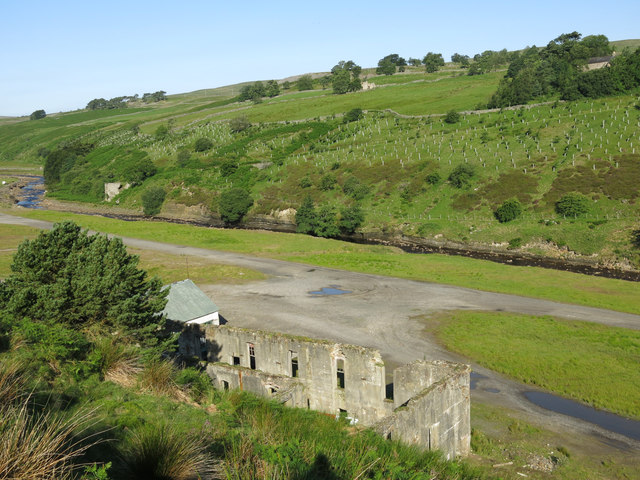
from Geograph (geograph)
The remains of Rotherhope Fell Mine by Black Burn
Pinned by Simon Cotterill
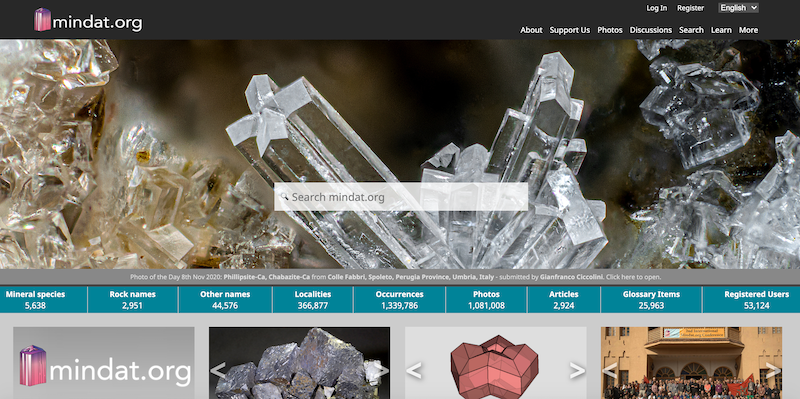
from https://www.mindat.org/loc-53…
Rotherhope Fell Mine (Rodderup Fell Mine), Black Burn Area, Alston Moor, Eden, Cumbria, England, UK
- "...In 1900 the Vieille Montagne Lead and Zinc Company purchased the lease and started working the mine. The Vieille Montagne Lead and Zinc Company produced 19,499 tonnes of lead ore …
Added by
Simon Cotterill

from https://historicengland.org.u…
Rotherhopefell lead and fluorspar mines and ore works
- "....The two Rotherhope ore works include important remains dating to two separate periods. The Vieille Montagne works is the best preserved mechanised ore dressing plant known nationally, with the foundations …
Added by
Simon Cotterill


from Geograph (geograph)
The remains of Rotherhope Fell Mine by Black Burn
Pinned by Simon Cotterill

from https://www.mindat.org/loc-53…
Rotherhope Fell Mine (Rodderup Fell Mine), Black Burn Area, Alston Moor, Eden, Cumbria, England, UK
- "...In 1900 the Vieille Montagne Lead and Zinc Company purchased the lease and started working the mine. The Vieille Montagne Lead and Zinc Company produced 19,499 tonnes of lead ore …
Added by
Simon Cotterill

from https://historicengland.org.u…
Rotherhopefell lead and fluorspar mines and ore works
- "....The two Rotherhope ore works include important remains dating to two separate periods. The Vieille Montagne works is the best preserved mechanised ore dressing plant known nationally, with the foundations …
Added by
Simon Cotterill
